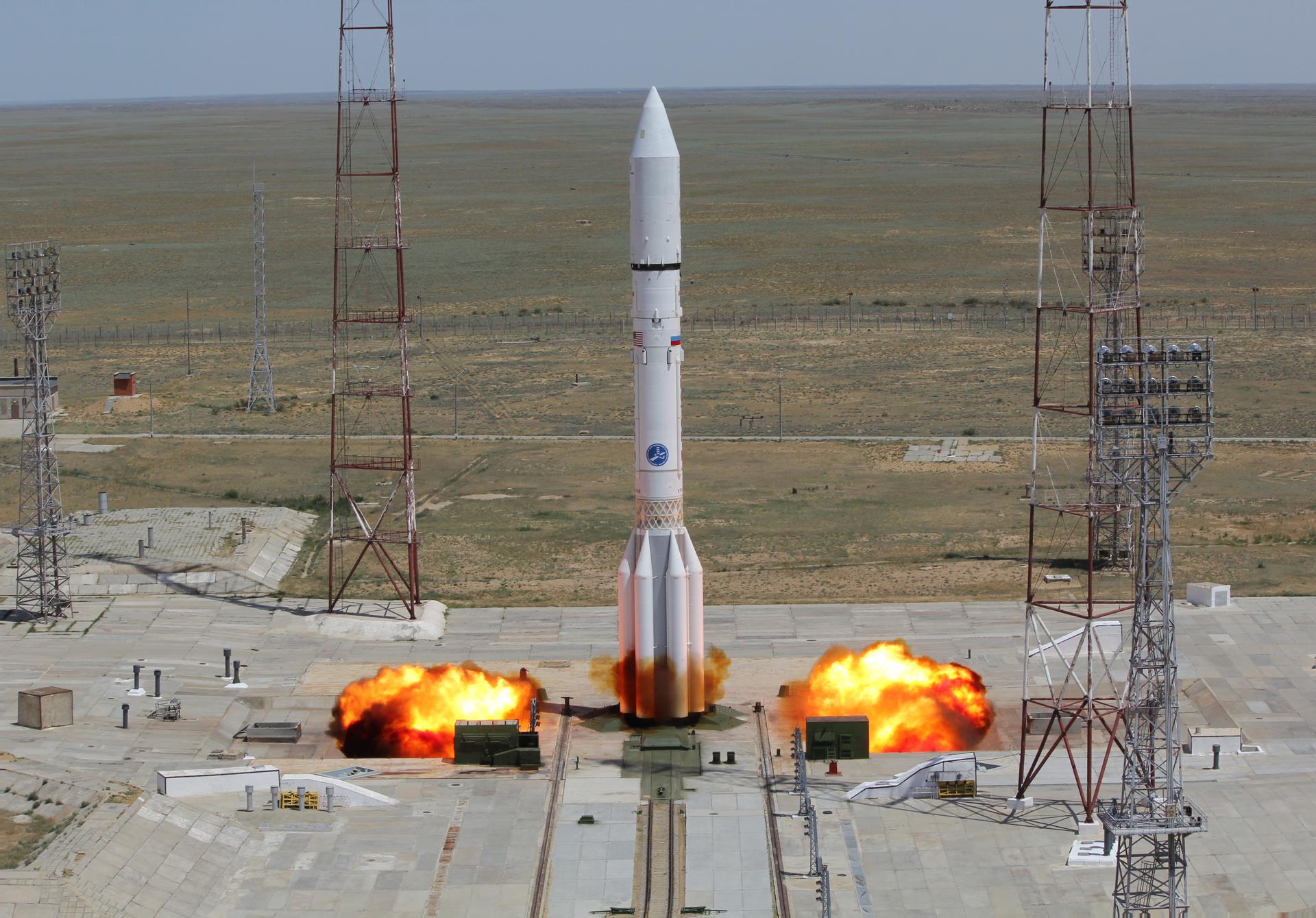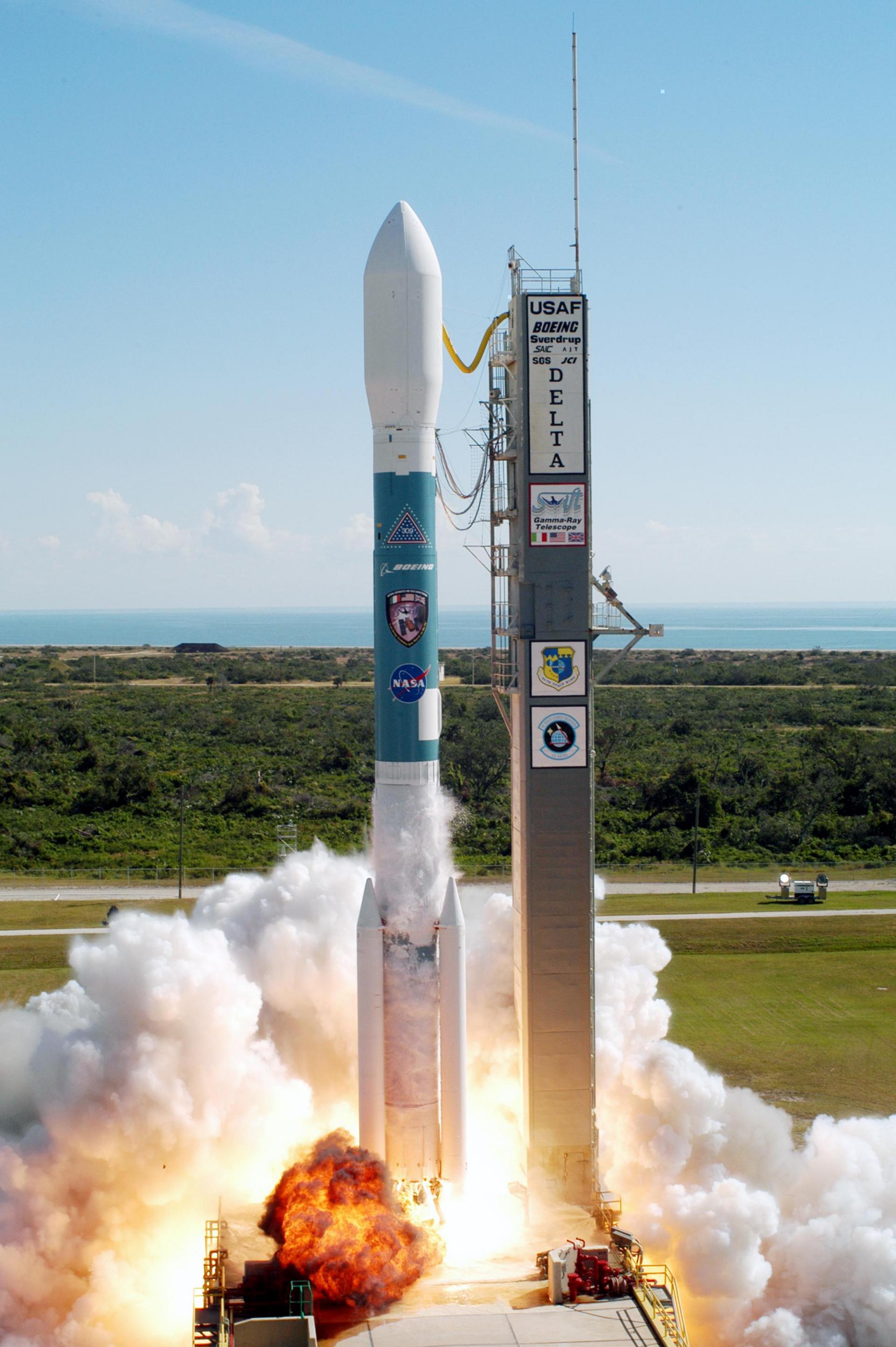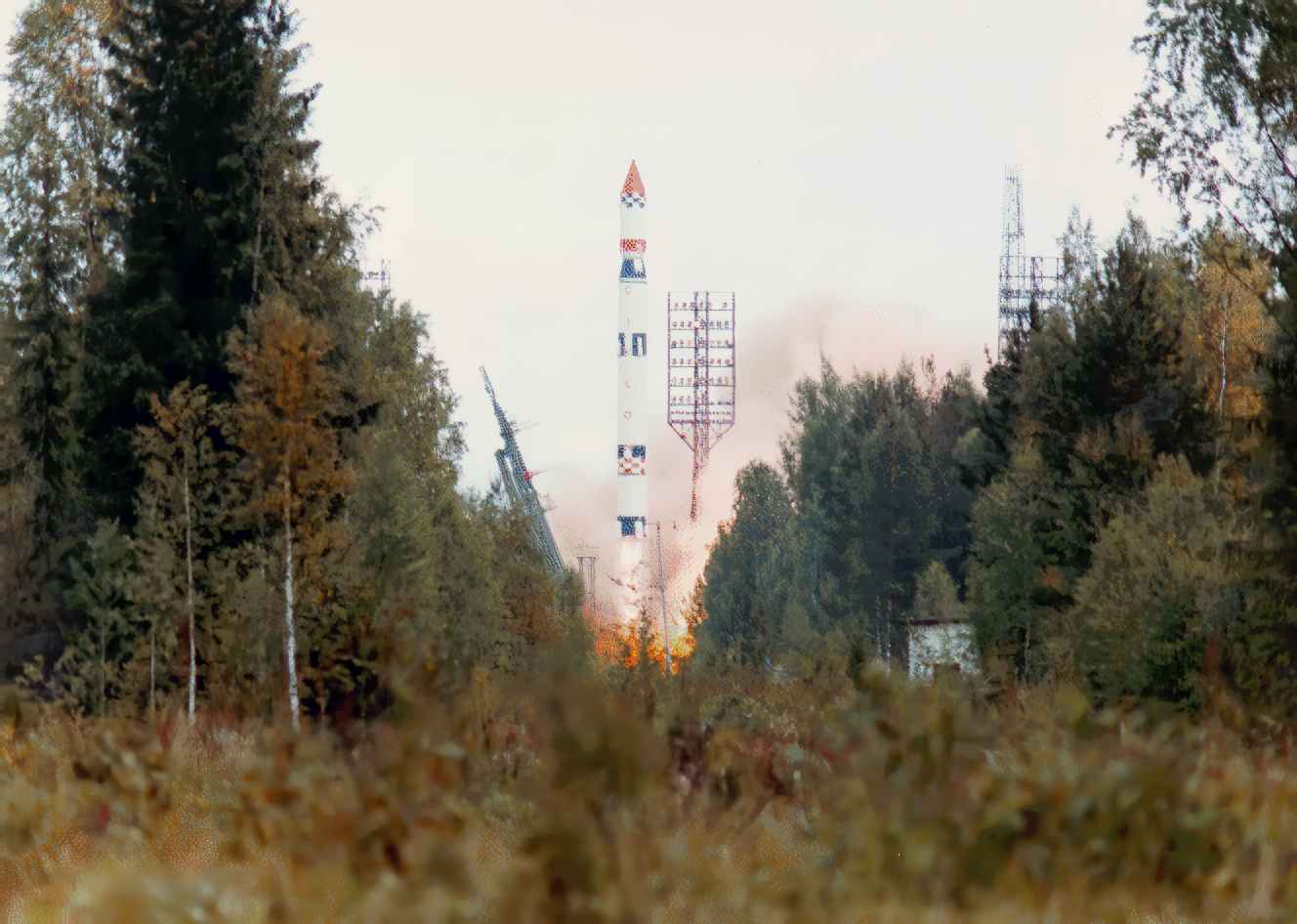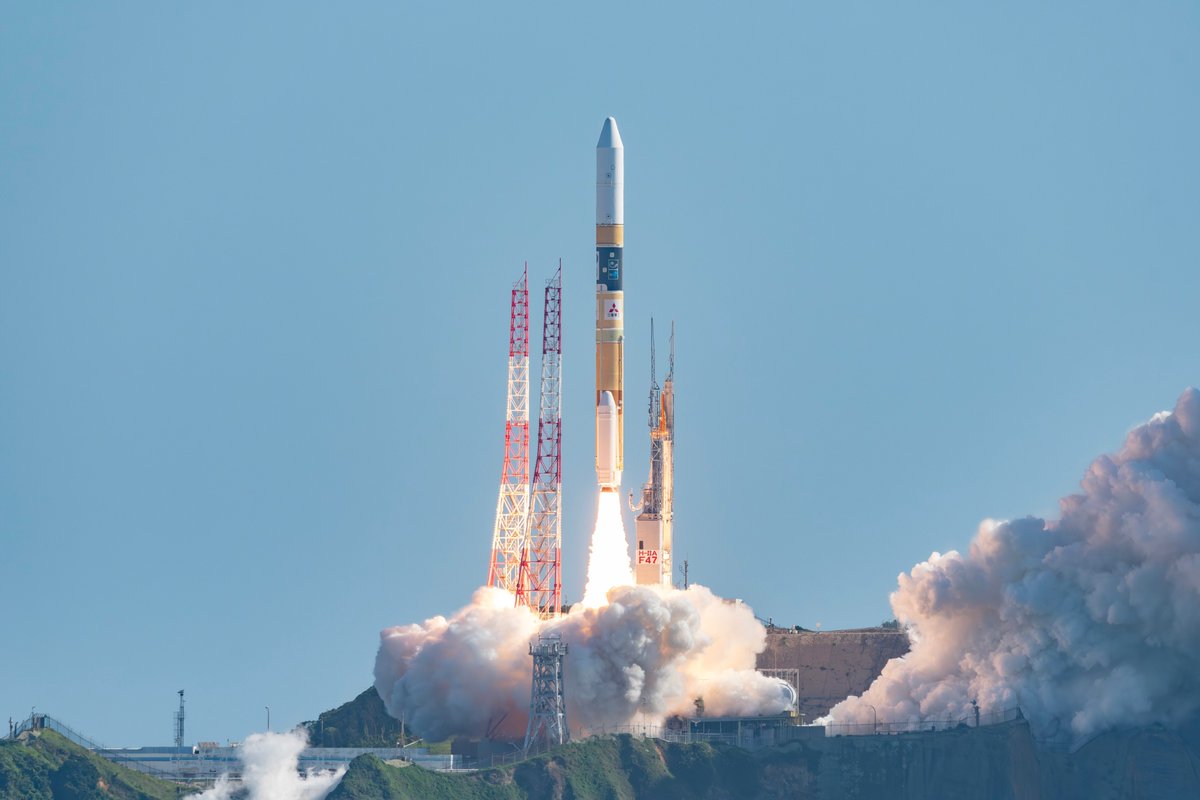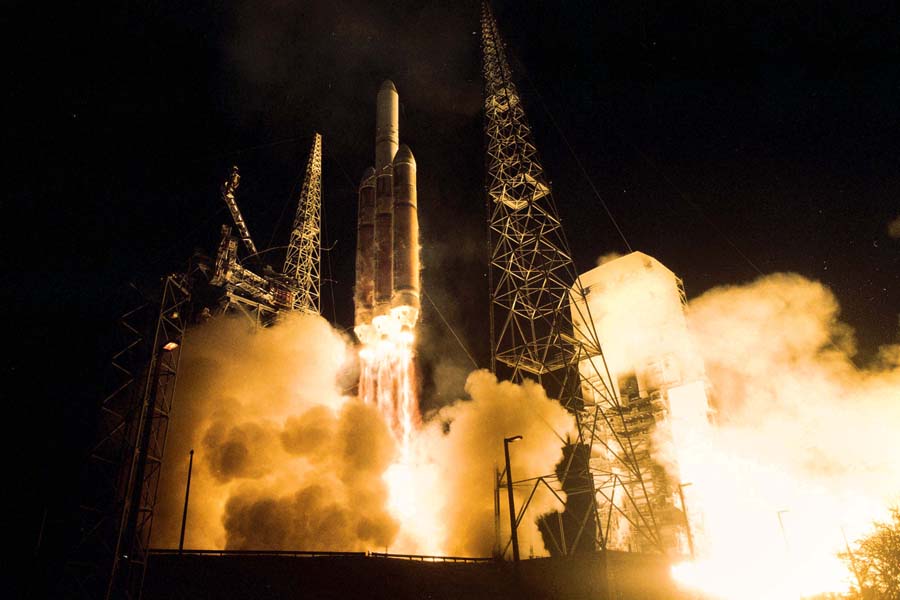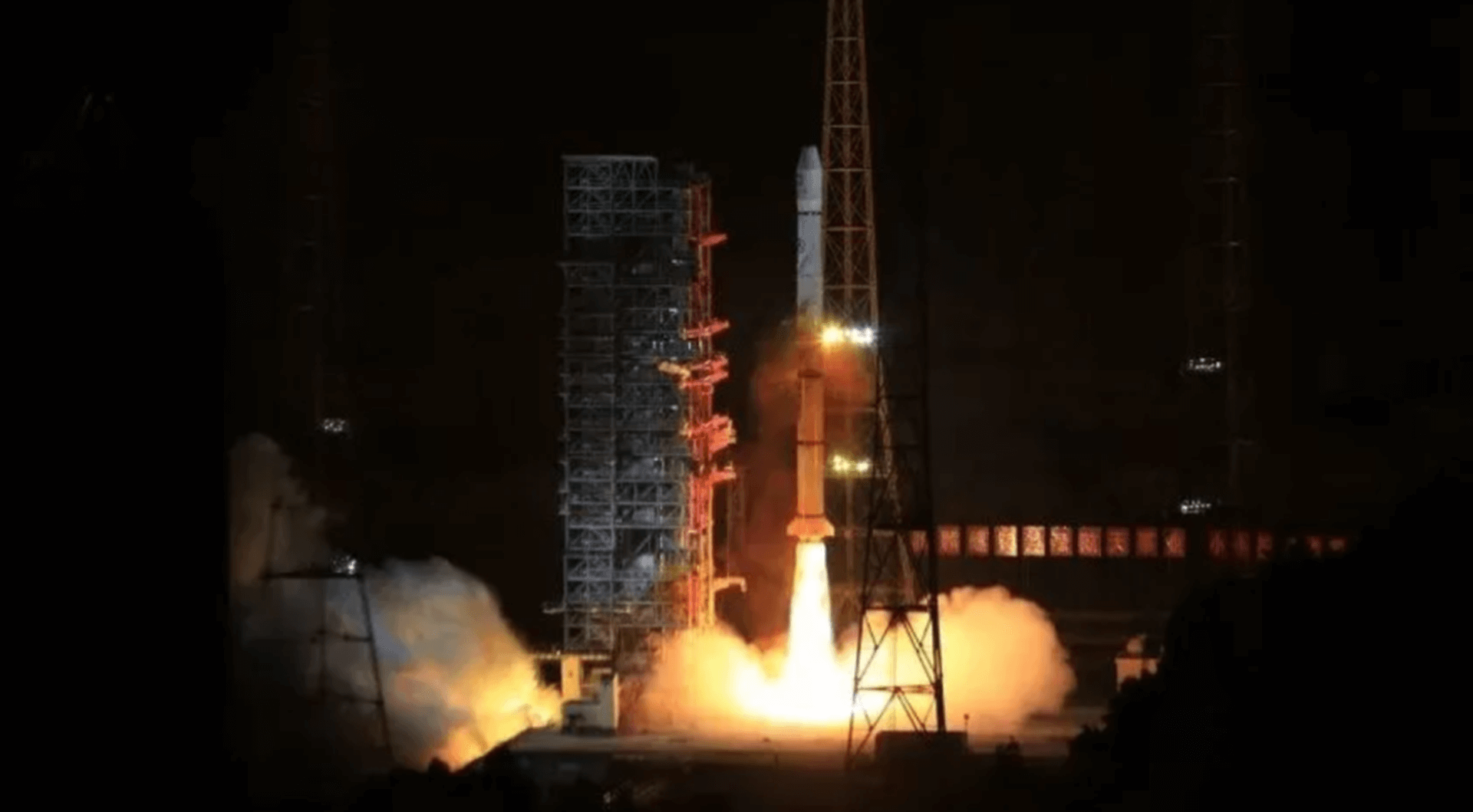Previous Spaceflight Launches
Filter by Agency, Locations or Vehicles
Show All LaunchesProton-M | Ekspress AM-44 & MD-1
Khrunichev State Research and Production Space Center | RussiaBaikonur Cosmodrome, Republic of Kazakhstan
Feb. 11, 2009, 12:03 a.m.
Soyuz U | Progress M-66
Russian Federal Space Agency (ROSCOSMOS) | RussiaBaikonur Cosmodrome, Republic of Kazakhstan
Feb. 10, 2009, 5:49 a.m.
Delta II 7320-10C | NOAA-19 (NOAA N)
United Launch Alliance | United States of AmericaVandenberg SFB, CA, USA
Feb. 6, 2009, 10:22 a.m.
Safir | Omid
Iranian Space Agency | IranSemnan Space Center, Islamic Republic of Iran
Feb. 2, 2009, 6:34 p.m.
Tsiklon-3 | Koronas-Foton
Yuzhnoye Design Bureau | UkrainePlesetsk Cosmodrome, Russian Federation
Jan. 30, 2009, 1:30 p.m.
H-IIA 202 | GOSAT
Mitsubishi Heavy Industries | JapanTanegashima Space Center, Japan
Jan. 23, 2009, 3:54 a.m.
Delta IV Heavy | NROL-26 (USA-202)
United Launch Alliance | United States of AmericaCape Canaveral SFS, FL, USA
Jan. 18, 2009, 2:47 a.m.
Proton-M | Uragan-M 18 to 20
Khrunichev State Research and Production Space Center | RussiaBaikonur Cosmodrome, Republic of Kazakhstan
Dec. 25, 2008, 10:43 a.m.
Long March 3A | Feng Yun 2E
China Aerospace Science and Technology Corporation | ChinaXichang Satellite Launch Center, People's Republic of China
Dec. 23, 2008, 12:54 a.m.
Ariane 5 ECA | Eutelsat W2M & Hot Bird 9
ArianeGroup | FranceGuiana Space Centre, French Guiana
Dec. 20, 2008, 10:35 p.m.
Status: Launch Successful
Mission:
EutelSat W2M is a telecommunications satellite opperated by Afghanistan's Ministry of Communications and Information Technology. It is used to provide communications services to Europe, North Africa and the Middle East. Operating at 16 degrees East. Hotbird 9 is a communications satellite operated by Eutelsat, providing communications to Europe, North Africa and the Middle East. Operating at 13 degrees East.
Geostationary Transfer Orbit